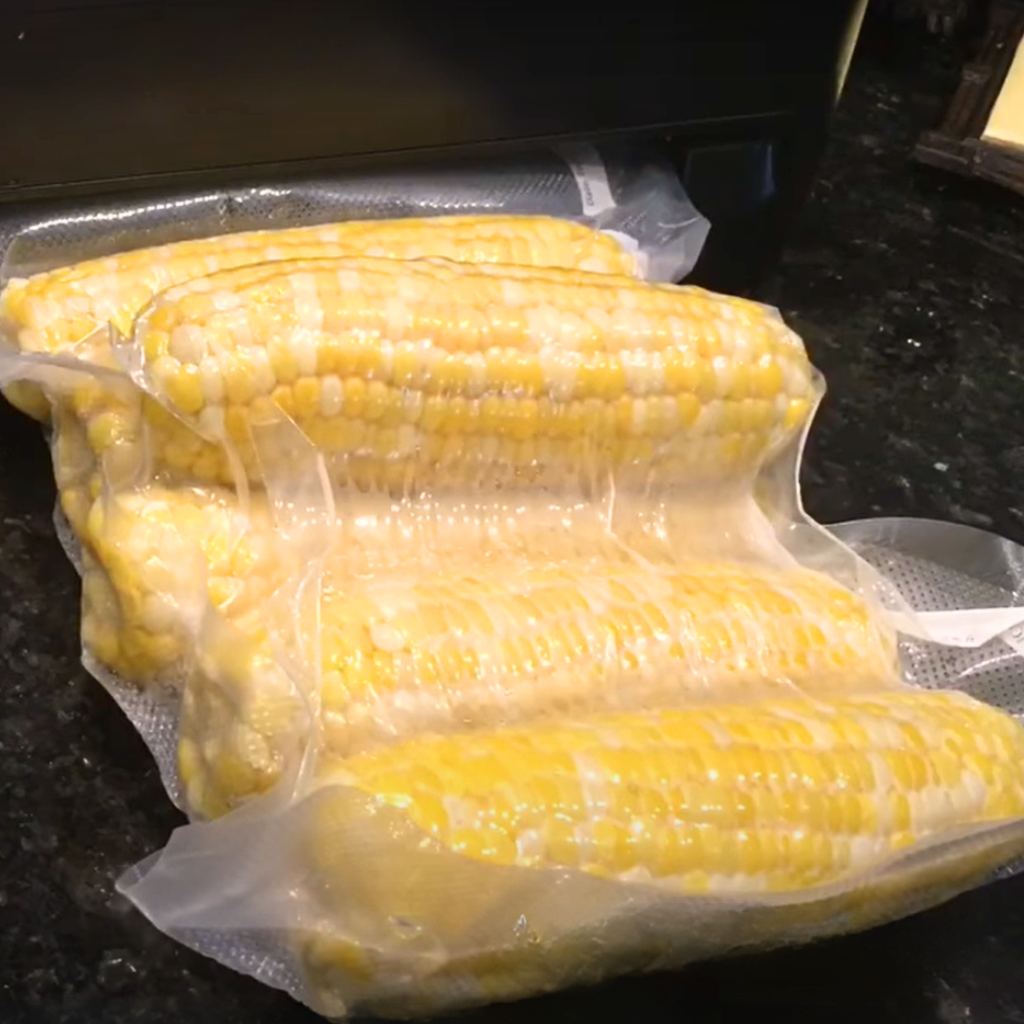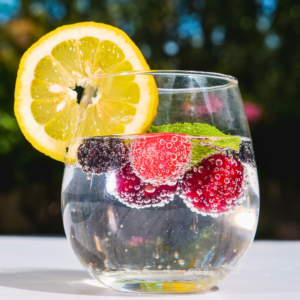Blanch and freeze whole cobs, freeze raw kernels, blanch then freeze kernels, or vacuum seal cobs for optimal results. Freezing corn preserves its freshness and flavor for long-term use.
Various methods cater to different preferences, whether you want to freeze whole cobs or just the kernels. Blanching helps retain color and nutrients, while vacuum sealing can extend freezer life. These techniques ensure you enjoy sweet, crisp corn year-round.
Table of Contents
Freezing Corn On The Cob Without Blanching
Among the four best methods, freezing corn on the cob without blanching is simple and time-saving. This guide will help you keep your corn crisp and delicious without the need for blanching.
Step-by-step Guide To Freezing Corn On The Cob Without Blanching
Freezing corn on the cob without blanching is a quick and effective method. Follow these steps to ensure your corn stays fresh and tasty:
- Select Fresh Corn: Choose the freshest corn available. Look for bright green husks and plump kernels.
- Remove Husks and Silk: Peel away the husks and remove all silk strands. Clean the corn thoroughly to remove any dirt.
- Dry the Corn: Pat the corn dry with a clean towel. Ensuring the corn is dry prevents ice crystals from forming.
- Wrap the Corn: Wrap each ear of corn tightly in plastic wrap. This helps to lock in freshness and prevent freezer burn.
- Place in Freezer Bags: Put the wrapped corn in heavy-duty freezer bags. Squeeze out as much air as possible before sealing.
- Label and Freeze: Label each bag with the date. Place the bags in the freezer, arranging them so they freeze quickly.
By following these steps, your corn will remain sweet and juicy. Skipping the blanching process saves time and still ensures great taste.
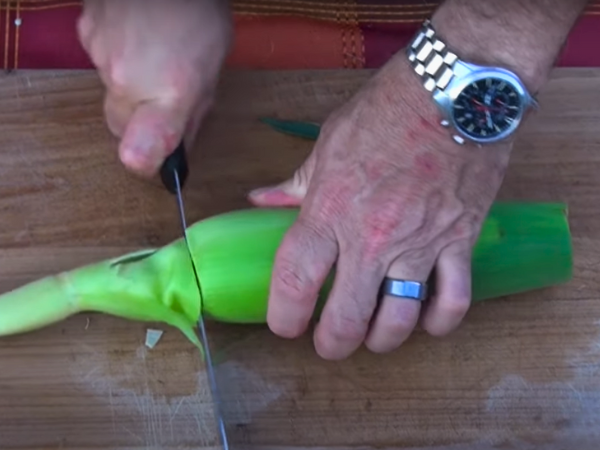

Blanching And Freezing Corn On The Cob
Freezing corn is a fantastic way to preserve its sweet flavor for year-round enjoyment. One effective method is blanching and freezing corn on the cob. This technique helps maintain the corn’s taste and texture.
Why Blanching Is Important For Corn On The Cob
Blanching is crucial for preserving corn on the cob. Blanching stops enzyme actions that can cause loss of flavor, color, and texture. It keeps corn sweet and crisp.
Here are some key reasons why blanching is important:
- Preserves Nutrients: Blanching helps retain vitamins and minerals.
- Enhances Flavor: It locks in the corn’s natural sweetness.
- Maintains Texture: Blanching keeps the kernels firm and juicy.
Blanching might seem like an extra step, but it is well worth the effort. By blanching, you ensure your frozen corn tastes as fresh as the day it was picked. Below is a comparison table highlighting the benefits of blanching:
| Without Blanching | With Blanching |
|---|---|
| Loss of nutrients | Preserved nutrients |
| Faded color | Bright, vibrant color |
| Mushy texture | Firm, juicy texture |
| Reduced flavor | Enhanced sweetness |
Step-by-step Guide To Blanching And Freezing Corn On The Cob
Follow these simple steps to blanch and freeze corn on the cob:
- Prepare the Corn: Remove husks and silk from the corn.
- Boil Water: Bring a large pot of water to a rolling boil.
- Blanch the Corn: Place the corn cobs in boiling water for 4-6 minutes.
- Cool the Corn: Immediately transfer the blanched corn to a bowl of ice water. Let it sit for the same amount of time it was blanched.
- Dry the Corn: Pat the corn dry with a clean towel to remove excess moisture.
- Package the Corn: Place the blanched corn in freezer bags. Remove as much air as possible before sealing.
- Label and Freeze: Label the bags with the date and store them in the freezer.
Blanching and freezing corn on the cob is easy and ensures tasty corn all year. Below is a quick reference table for blanching times based on the size of the corn:
| Corn Size | Blanching Time |
|---|---|
| Small | 4 minutes |
| Medium | 5 minutes |
| Large | 6 minutes |
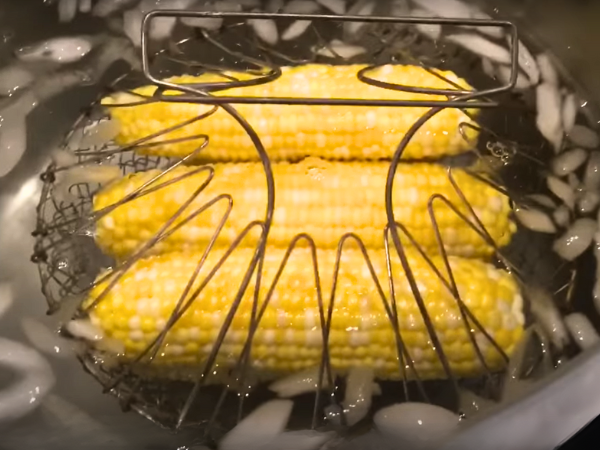
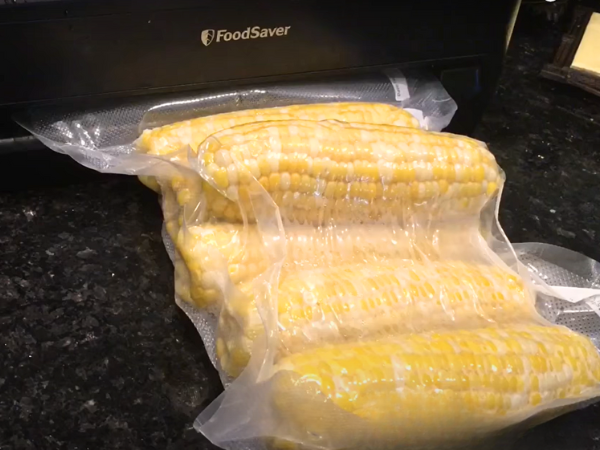
Freezing Corn Kernels Without Blanching
Among the methods, freezing corn kernels without blanching stands out as a quick and convenient option. This method saves time and energy, making it perfect for those who want to enjoy fresh corn without spending too much effort in preparation.
Step-by-step Guide To Freezing Corn Kernels Without Blanching
Freezing corn kernels without blanching is simple and straightforward. Here’s a detailed guide to help you through the process:
- Select Fresh Corn: Choose corn that is sweet and firm. The fresher the corn, the better it will taste when thawed.
- Shuck the Corn: Remove the husks and silk. Make sure to clean the kernels thoroughly.
- Cut the Kernels: Use a sharp knife to cut the kernels off the cob. Be careful to cut close to the cob without cutting into it.
- Prepare for Freezing: Spread the kernels on a baking sheet in a single layer. This prevents them from clumping together.
- Flash Freeze: Place the baking sheet in the freezer for 1-2 hours. This method ensures that the kernels freeze individually.
- Store the Kernels: Transfer the frozen kernels into airtight freezer bags or containers. Label them with the date for easy tracking.
Freezing corn kernels without blanching retains much of their natural sweetness and texture. It’s a quick method that ensures you have a stash of delicious corn ready for any recipe.
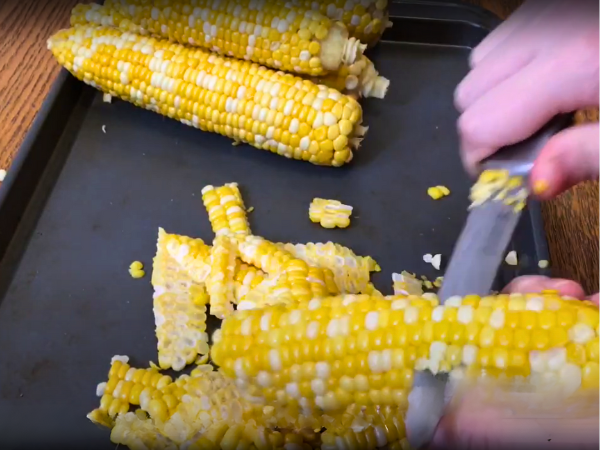
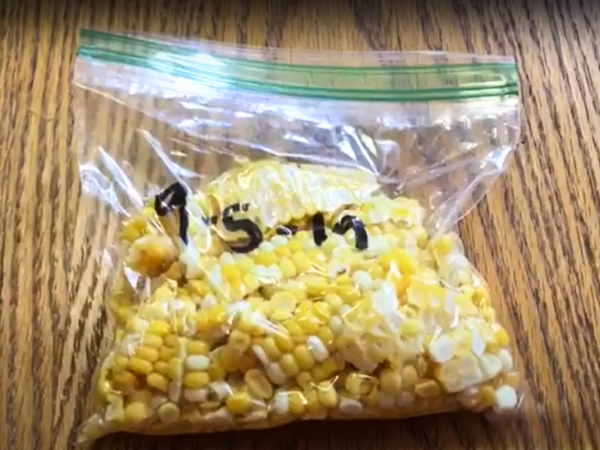
Blanching And Freezing Corn Kernels
One effective method is blanching and freezing corn kernels. This method ensures that the corn stays fresh and tasty.
Why Blanching Is Important For Corn Kernels
Blanching is a process where vegetables are quickly boiled and then plunged into ice water. This technique is essential for preserving the texture, color, and flavor of corn kernels. Here are some reasons why blanching is important:
- Kills Enzymes: Blanching stops the enzymes that cause vegetables to lose color and flavor.
- Preserves Nutrients: This method helps in retaining essential vitamins and minerals.
- Improves Texture: Blanching keeps the corn kernels firm and crisp.
- Reduces Bacteria: The boiling process kills bacteria and other microorganisms.
Below is a table summarizing the benefits of blanching:
| Benefit | Description |
|---|---|
| Kills Enzymes | Stops loss of color and flavor |
| Preserves Nutrients | Retains vitamins and minerals |
| Improves Texture | Keeps kernels firm and crisp |
| Reduces Bacteria | Kills harmful microorganisms |
Step-by-step Guide To Blanching And Freezing Corn Kernels
Follow these steps to blanch and freeze corn kernels effectively:
- Prepare the Corn: Remove husks and silk from the corn cobs.
- Boil Water: Fill a large pot with water and bring it to a rolling boil.
- Blanch the Corn: Place the corn cobs in the boiling water for 4-6 minutes.
- Ice Bath: Immediately transfer the corn to a bowl of ice water to stop the cooking process. Leave them for the same amount of time they were blanched.
- Cut Kernels: Remove the corn cobs from the ice bath and cut the kernels off using a sharp knife.
- Package for Freezing: Place the kernels in freezer bags or containers. Remove as much air as possible to prevent freezer burn.
- Label and Freeze: Write the date on each bag or container. Place them in the freezer.
Blanching and freezing corn kernels is a simple and effective way to enjoy fresh corn year-round. Follow these steps, and you’ll have delicious corn ready whenever you need it.

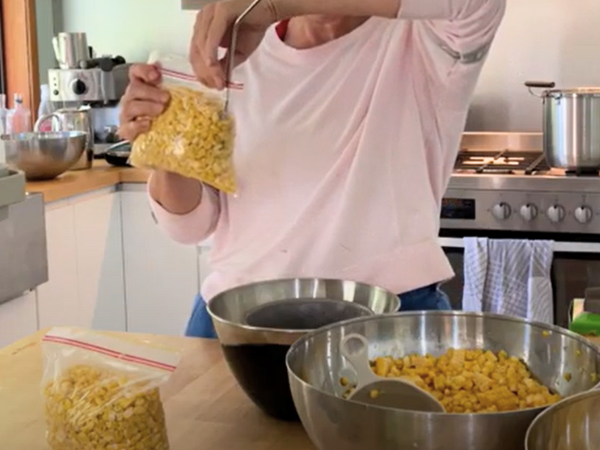
Storage Techniques
Proper storage techniques can make a huge difference in maintaining the quality of both corn on the cob and kernels. Here, we will dive into the best methods to store your frozen corn efficiently.
Choosing Containers
Choosing the right containers is crucial for preserving corn. The following options work best:
- Freezer bags: These are flexible and fit well in the freezer. Remove as much air as possible before sealing.
- Plastic containers: Use airtight containers to prevent freezer burn. Ensure the lid seals tightly.
- Vacuum-sealed bags: These provide the best protection. They remove all air, preserving the corn’s freshness.
Use the table below to compare the advantages of each container type:
| Container Type | Advantages |
|---|---|
| Freezer Bags | Flexible, space-saving, affordable |
| Plastic Containers | Reusable, durable, stackable |
| Vacuum-Sealed Bags | Best protection, long shelf-life, preserves freshness |
Important Tips: Ensure containers are clean and dry. Use small containers to avoid thawing more corn than needed. Fill containers to about 90% capacity to allow expansion when freezing.
Labeling And Dating
Labeling and dating your containers ensure you use the oldest corn first, minimizing waste. Follow these steps:
- Use a permanent marker: Write clearly to avoid smudging.
- Include the date: Note the freezing date. This helps track how long the corn has been stored.
- Specify contents: Indicate if it’s corn on the cob or kernels. This helps easily identify what you need.
Label every container before placing it in the freezer. Place labels on the lid or the side where it’s easily visible.
Pro Tip: Use waterproof labels or place a clear tape over handwritten labels to prevent smudging. This ensures the information remains readable even in a frosty environment.
Common Mistakes
Whether you prefer freezing corn on the cob or kernels, there are best practices to follow. However, many people make common mistakes that can affect the quality and taste of their frozen corn. Let’s explore these pitfalls and learn how to avoid them.
Overcooking Corn
One of the most common mistakes is overcooking the corn before freezing it. Overcooking can cause the corn to lose its vibrant color and crisp texture. To avoid this, follow these simple guidelines:
- Blanch briefly: Boil corn on the cob for 4-6 minutes. For kernels, 2-3 minutes is enough.
- Cool quickly: Immediately transfer the blanched corn to an ice water bath to stop the cooking process.
- Dry thoroughly: Pat the corn dry with a towel before freezing to avoid ice crystals forming.
Overcooking can also lead to nutrient loss. To maintain the corn’s nutritional value, keep the blanching time short. Here’s a quick reference table to help you:
| Type of Corn | Blanching Time | Cooling Time |
|---|---|---|
| Corn on the Cob | 4-6 minutes | 5-6 minutes |
| Corn Kernels | 2-3 minutes | 3-4 minutes |
Improper Storage
Another frequent mistake is improper storage. Freezing corn incorrectly can lead to freezer burn and loss of flavor. Here are some tips to store your corn properly:
- Use airtight containers: Store corn in airtight bags or containers to prevent air exposure.
- Label and date: Always label your containers with the date to keep track of freshness.
- Portion control: Freeze corn in smaller portions to make it easier to use later.
Proper storage ensures that the corn retains its flavor and texture. Here’s a quick guide to different storage methods:
| Storage Method | Recommended Container | Storage Time |
|---|---|---|
| Freezer Bags | Airtight, vacuum-sealed | 8-12 months |
| Plastic Containers | Airtight with a lid | 6-8 months |
By avoiding these common mistakes, your frozen corn will stay fresh and delicious. Remember, proper blanching and storage are key.
Frequently Asked Questions
What Is The Best Way To Freeze Fresh Corn On The Cob?
Blanch corn for 4 minutes, then cool in ice water. Dry, place in freezer bags, and remove air. Freeze immediately.
Is It Okay To Freeze Fresh Corn Without Blanching It?
Yes, you can freeze fresh corn without blanching. However, blanching helps preserve flavor, color, and nutrients.
Do You Thaw Frozen Corn On The Cob Before Cooking?
No, you don’t need to thaw frozen corn on the cob before cooking. Cook it directly from frozen for best results.
Do You Have To Husk Corn On The Cob Before Freezing?
Yes, you should husk corn on the cob before freezing. It ensures better quality and easier storage. Blanch it first for best results.
